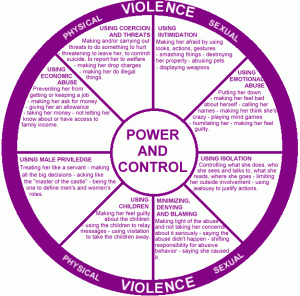
By Margaret Wehrenberg, Psy.D. When Stress and Depression cause Under Commitment Stress and Depression affect us all at different times in our lives. Meaghan was telling me about how stressful her life is, trying to get everything in that she is committed to. She has a small, thriving business out of her home that she […]

by Christine L. Carter, Ph.D. Setting Goals is, at its core, About Behavior Change I went into the summer with big plans, mainly to meditate and exercise a lot more. Then I went on vacation, and then the kids were home, and then I had a bunch of work travel… you know how it is. Here’s the […]

Psychology Today Online by Beverly D. Flaxington Ever have the feeling the months, and years, roll by and you are not getting any closer to what you promised yourself you would one day do, or be? It happens to so many people—the elusive goal remains elusive even though you work hard, keep the goal in […]

Posted Nov 28, 2011 Psychology Today Online by Eileen Kennedy Moore, Ph.D. Potential is a dangerous word. When someone tells you that your child has “real potential,” you probably feel delighted. Maybe you imagine your child soaring through life, surpassing all of your accomplishments, suffering none of your setbacks, while you watch with loving admiration. But […]

Verbal abuse within relationships doesn’t usually appear all of a sudden. Rather, abusive words come in many forms, some of which go undetected. The words we hear are very much a part of our environment. They build. They tear down. They can harm or heal. They can warm or wound. This article written by Berit […]

In many of the counseling sessions I have done with couples, there have been few that have been unaffected by the use of pornography by one or both parties in the relationship. In many cases, my clients explain the seemingly harmless and perhaps casual viewing of pornography, eventually leads to a magnetic pull they eventually […]

Learning the differences between being “NICE” and being “KIND” can set you free from approval seeking!!!! This article written by Martha Siorta, and published on the HuffPost Living website spells out very well the differences between being nice and being kind. The article offers great insights that can literally free one of the pathological […]

In some of my reading, I ran across this article written by Sharie Stines, Psy.D and published in psychcentral.com, which spells out some key indicators that an individual may be in an abusive relationship. One might first think that anyone with a brain should be able to ascertain that, but quite honestly nothing could be further […]

Children with ADHD often struggle in school, not only because of poor concentration, but also because of poor impulse control. They sometimes require more attention from teachers and they tend to draw negative attention to themselves. The residual effect is rejection from other students. Children with ADHD want friends and acceptance as much as others […]

Going through divorce can be one of the most devastating events of a lifetime. The residual effects can leave adults, and especially children, traumatized, stressed and overwhelmed, but this is particularly true of high conflict divorces. In fact, mental health professionals are often called upon to counsel parents or children going through divorce to address symptoms […]

Forgiveness is the when someone chooses to go through the intentional and voluntary process of changing their feelings and attitudes about the person by whom they feel victimized, betrayed, or offended against. That process involves letting go of negative emotions with an increased ability to wish the either wish that person well or at the very […]